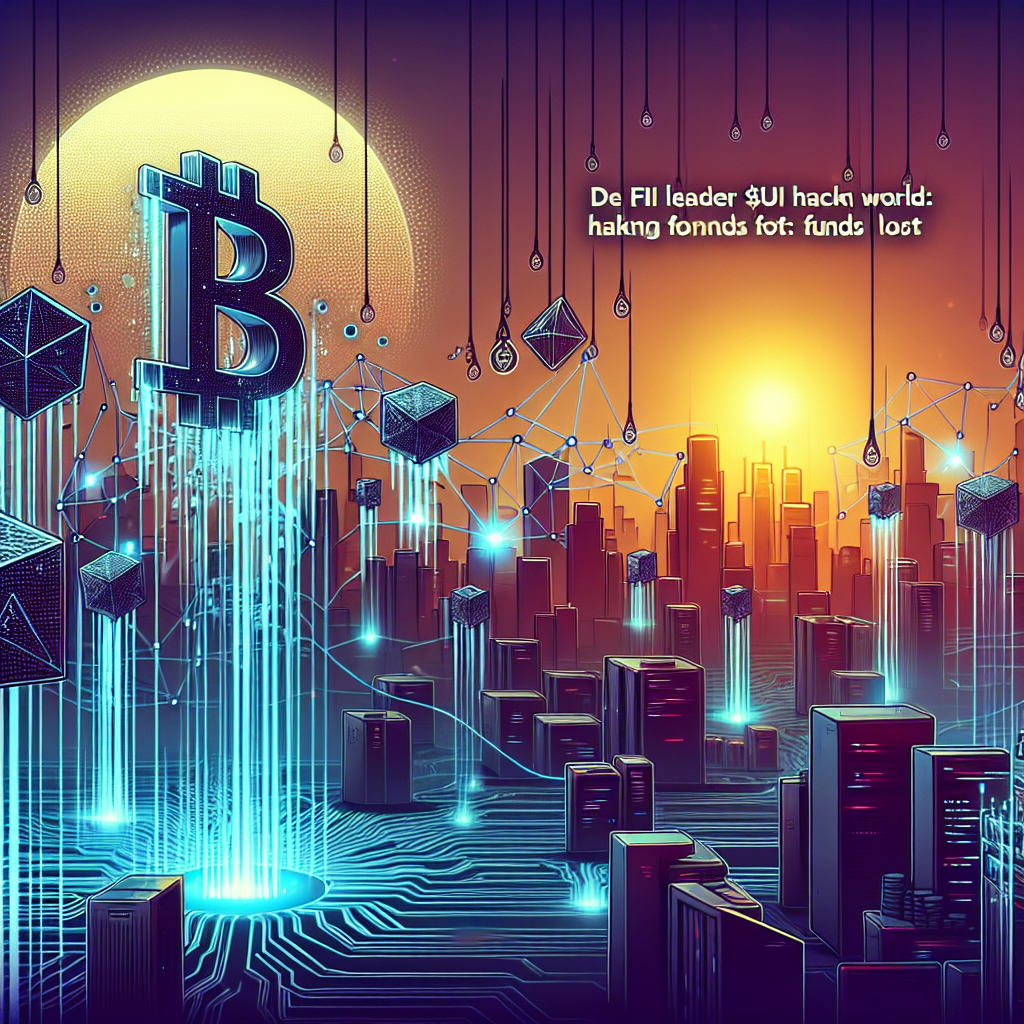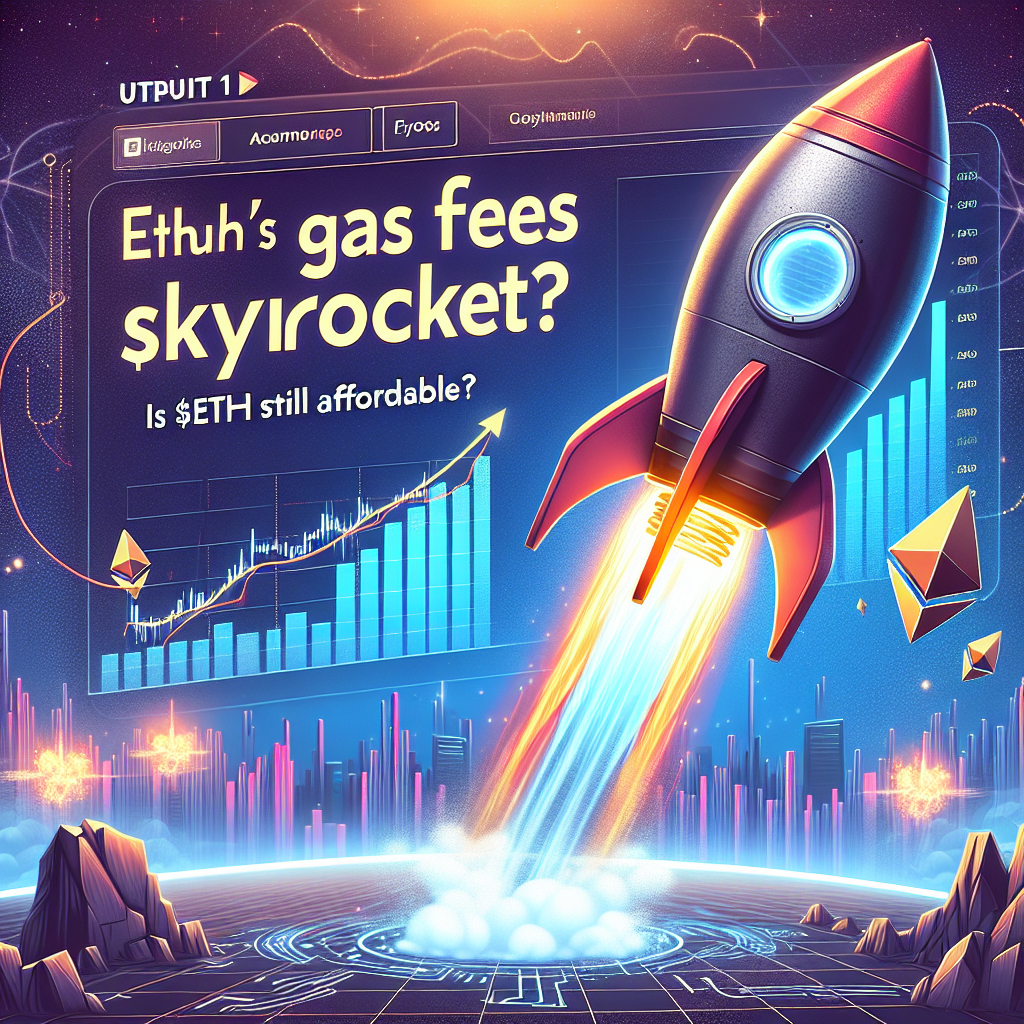Hey crypto fam, it’s ya boy REKTify, back with another tale from the trenches. Today, the hot topic is $ETH’s gas fees. So, hold onto your wallets, degens, as we dive into why our beloved Ethereum is in the spotlight again.
Gas Fees: Ethereum’s Spiciest Meme
You know it’s serious when gas fees become a meme again. The average cost of transacting on Ethereum has skyrocketed, with fees hitting $50—ouch, that’s no small change for those looking to make a quick Uniswap trade. But what’s triggering this? Well, there’s been a surge in DeFi activity, primarily driven by some juicy yield farming opportunities. 🤑
Every time network demand picks up, it’s like a traffic jam on the crypto highway. Picture a bunch of cars trying to merge onto a single-lane road—only the drivers who flash the most cash get ahead. That’s essentially what happens on Ethereum, just, you know, with smart contracts and cryptos instead of cars.
Is Layer 2 the Answer?
Now, you OGs might be asking, “Wen Layer 2?” For those new to the scene, Layer 2 refers to secondary solutions that sit on top of Ethereum’s main blockchain. They help with scaling by handling transactions off the main chain, thus relieving congestion and lowering fees. Options like Optimism and Arbitrum (bet you read about them here first!) are gaining traction, allowing for cheaper and faster transactions.
While Layer 2 offers respite, transitioning your assets isn’t always straightforward—like trying to solve a Rubik’s cube underwater. But, hey, if you’re willing to play the long game, it might just be worth exploring.
At the end of the day, it remains to be seen whether Ethereum will solve its scaling issues before facing more competition from emerging blockchains like Solana and Avalanche. But one thing’s for sure—hold onto those $ETH bags, because we’re going to the moon… eventually. 🚀












